Are your dining room chairs looking a little worse for wear? Perhaps the fabric is outdated or stained, or the piping is starting to fray. Instead of replacing your chairs, consider recovering them with piping for a fresh new look. Not only is this a budget-friendly option, but it also allows you to personalize your dining room decor. Follow our step-by-step guide to learn how to reupholster your dining room chairs with piping.Recovering Dining Room Chairs With Piping
Before you begin, gather all the necessary materials. You will need fabric, piping, scissors, a sewing machine, a staple gun, and a screwdriver. Choose a durable and easy-to-clean fabric that complements your dining room aesthetic. For piping, you can purchase premade piping or make your own with fabric and cording. Start by removing the old fabric from your dining room chairs using a screwdriver. Carefully take out the staples and set the pieces aside. Use these as a template to cut your new fabric. Be sure to add a few inches on all sides to account for the piping and any mistakes. Next, it's time to make the piping. Cut strips of fabric on the bias and sew them together to create a long strip. Place the cording in the center and fold the fabric over it, sewing it in place. Once you have enough piping, you can start attaching it to your fabric pieces using a zipper foot on your sewing machine.How to Reupholster a Dining Room Chair with Piping
If you're new to sewing or reupholstering, don't worry! Recovering dining room chairs with piping is a beginner-friendly DIY project. Start with a simple design and take your time. Follow our step-by-step guide and don't be afraid to ask for help from friends or family. This is a great project to do together and can be a fun way to update your dining room.DIY: Recovering Dining Room Chairs with Piping
Step 1: Remove the old fabric and set it aside as a template for your new fabric. Step 2: Cut your new fabric, leaving a few inches on all sides for piping and mistakes. Step 3: Make the piping by sewing fabric strips together and inserting cording. Step 4: Attach the piping to the fabric pieces using a zipper foot on your sewing machine. Step 5: Sew the pieces of fabric together, leaving one side open for stuffing. Step 6: Stuff the cushion with foam or batting and sew the final side closed. Step 7: Use a staple gun to attach the new fabric to the chair frame, pulling it taut as you go. Step 8: Trim any excess fabric and secure it with staples. Step 9: Reattach the chair seat to the frame using a screwdriver. Step 10: Repeat the process for all your dining room chairs.Step-by-Step Guide to Recovering Dining Room Chairs with Piping
Here are a few tips and tricks to help make your recovering project a success: Choose a durable and easy-to-clean fabric: Since dining room chairs are prone to spills and stains, it's important to choose a fabric that can withstand frequent use and is easy to clean. Take your time: Recovering dining room chairs with piping is a time-consuming process, so be patient and don't rush. This will ensure a professional-looking end result. Use a staple gun instead of a hammer: A staple gun will make the process much easier and more efficient compared to using a hammer and upholstery tacks. Practice your piping technique: If you're new to making piping, it's a good idea to practice on scrap fabric before starting your project. This will help you perfect your technique and ensure your piping looks neat and tidy.Recovering Dining Room Chairs with Piping: Tips and Tricks
When it comes to choosing the best fabric for your dining room chairs, consider both style and functionality. Popular options include cotton, linen, and polyester blends. These fabrics are durable, easy to clean, and come in a wide variety of colors and patterns to match your dining room decor. Pro tip: If you have young children or pets, consider using a fabric with a stain-resistant finish for added protection.Best Fabrics for Recovering Dining Room Chairs with Piping
Now that you've completed your dining room chair recovering project, step back and admire the transformation. The before and after can be quite dramatic, and it's a great feeling to know you did it yourself. Your dining room will have a fresh new look, and guests will be impressed with your DIY skills.Recovering Dining Room Chairs with Piping: Before and After
Recovering dining room chairs with piping is a cost-effective way to update your dining room decor. The total cost will depend on the number of chairs and the fabric and piping you choose. On average, you can expect to spend around $20-30 per chair. The time it takes to complete the project will also vary, but you can plan on spending a few hours per chair.Recovering Dining Room Chairs with Piping: Cost and Time Breakdown
While recovering dining room chairs with piping is a relatively straightforward project, there are a few common mistakes to avoid: Not leaving enough fabric for piping: It's important to leave enough fabric on all sides for the piping, as well as any mistakes or adjustments. You can always trim off excess fabric, but it's difficult to add more. Not pulling the fabric taut: To avoid wrinkles or sagging, be sure to pull the fabric taut as you staple it to the chair frame. Using the wrong type of fabric: As mentioned, it's important to choose a durable and easy-to-clean fabric for dining room chairs. Avoid fabrics that are too delicate or difficult to clean, as they may not hold up well over time.Recovering Dining Room Chairs with Piping: Common Mistakes to Avoid
While it may be tempting to hire a professional to recover your dining room chairs, doing it yourself can be a rewarding and budget-friendly option. With the right materials and a little patience, you can achieve professional-looking results. Plus, you'll have the satisfaction of knowing you did it yourself. Recovering dining room chairs with piping is a great way to update your dining room decor without breaking the bank. With our step-by-step guide and helpful tips, you can confidently take on this DIY project and give your dining room a fresh new look.Recovering Dining Room Chairs with Piping: Professional vs. DIY
Why Piping Can Elevate Your Dining Room Chairs

Aesthetic Appeal
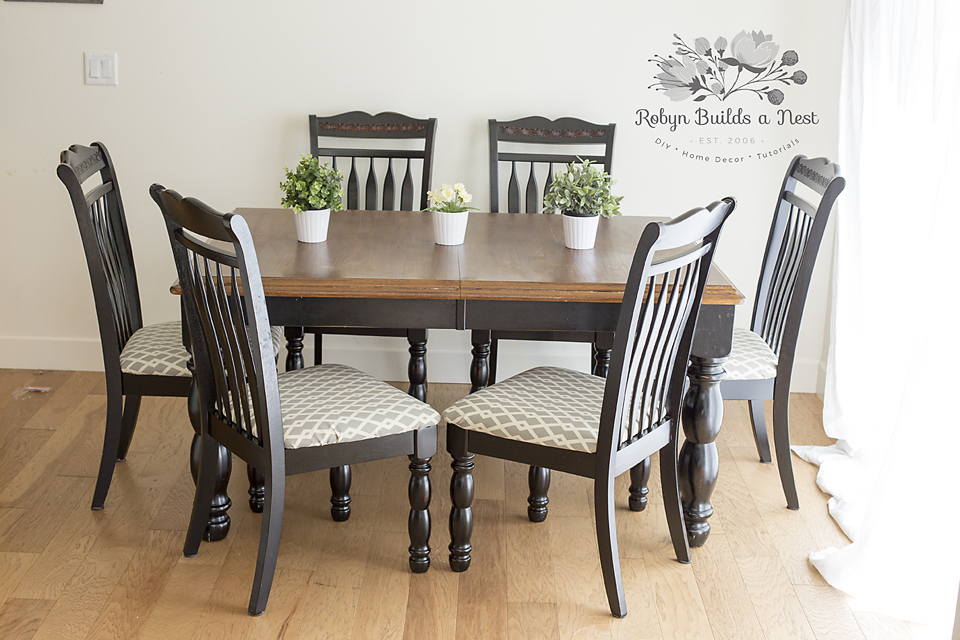 Piping, also known as cording, is a decorative trim that can be added to furniture to create a polished and professional look. It consists of a strip of fabric that is folded over a cord and then sewn onto the edges of furniture, such as dining room chairs. By incorporating piping into your dining room chairs, you can add a subtle touch of elegance and sophistication to your dining space. The contrast between the piping and the fabric of the chair can create a visually appealing effect that can enhance the overall design of your dining room.
Piping, also known as cording, is a decorative trim that can be added to furniture to create a polished and professional look. It consists of a strip of fabric that is folded over a cord and then sewn onto the edges of furniture, such as dining room chairs. By incorporating piping into your dining room chairs, you can add a subtle touch of elegance and sophistication to your dining space. The contrast between the piping and the fabric of the chair can create a visually appealing effect that can enhance the overall design of your dining room.
Customization Options
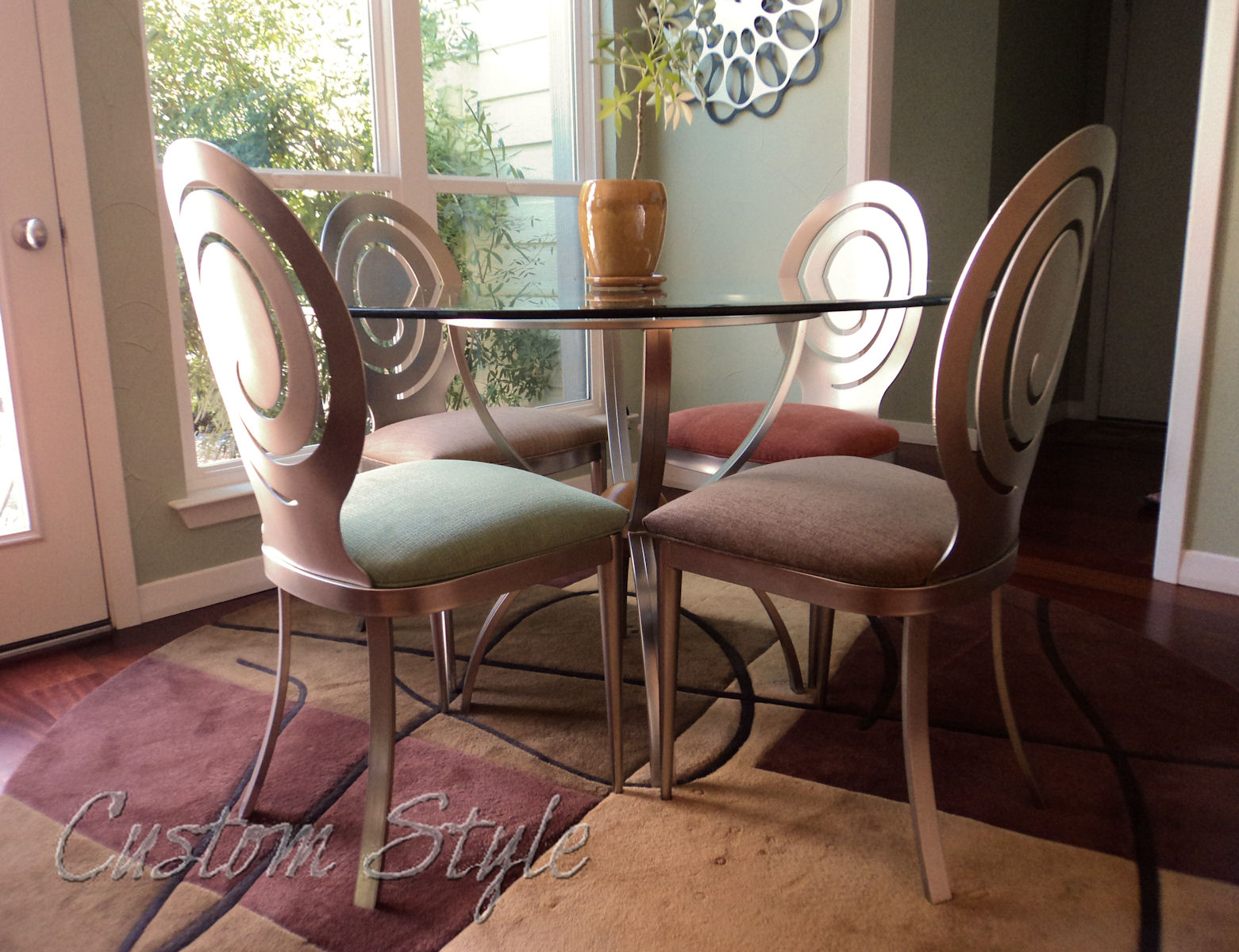 One of the great things about piping is that it comes in a variety of colors, patterns, and materials. This allows you to customize your dining room chairs to match your personal style and the overall aesthetic of your home. From classic and traditional to modern and eclectic, there is a piping option to suit every design preference. You can also choose the thickness and placement of the piping to further customize the look of your dining room chairs.
One of the great things about piping is that it comes in a variety of colors, patterns, and materials. This allows you to customize your dining room chairs to match your personal style and the overall aesthetic of your home. From classic and traditional to modern and eclectic, there is a piping option to suit every design preference. You can also choose the thickness and placement of the piping to further customize the look of your dining room chairs.
Durability and Functionality
 Aside from its decorative purposes, piping also serves a functional purpose for dining room chairs. By adding piping to the edges of the chairs, you can reinforce and strengthen the seams, making them more durable and long-lasting. This is especially useful for chairs that are frequently used, as the piping can help prevent wear and tear. Additionally, the piping can act as a barrier to keep crumbs and other debris from getting stuck in the seams of the chairs, making them easier to clean and maintain.
Aside from its decorative purposes, piping also serves a functional purpose for dining room chairs. By adding piping to the edges of the chairs, you can reinforce and strengthen the seams, making them more durable and long-lasting. This is especially useful for chairs that are frequently used, as the piping can help prevent wear and tear. Additionally, the piping can act as a barrier to keep crumbs and other debris from getting stuck in the seams of the chairs, making them easier to clean and maintain.
Easy DIY Project
 Recovering dining room chairs with piping may seem like a daunting task, but it can actually be a simple and fun DIY project. With the right tools and materials, you can easily add piping to your dining room chairs and give them a brand new look. There are many tutorials and step-by-step guides available online to help you through the process. By doing it yourself, you can save money and also have the satisfaction of creating a unique and personalized piece of furniture for your home.
In conclusion, piping is a versatile and functional design element that can elevate the look of your dining room chairs. With its aesthetic appeal, customization options, durability, and easy DIY process, it's no wonder why piping has become a popular trend in home design. So why not add some piping to your dining room chairs and see the difference it can make in your home?
Recovering dining room chairs with piping may seem like a daunting task, but it can actually be a simple and fun DIY project. With the right tools and materials, you can easily add piping to your dining room chairs and give them a brand new look. There are many tutorials and step-by-step guides available online to help you through the process. By doing it yourself, you can save money and also have the satisfaction of creating a unique and personalized piece of furniture for your home.
In conclusion, piping is a versatile and functional design element that can elevate the look of your dining room chairs. With its aesthetic appeal, customization options, durability, and easy DIY process, it's no wonder why piping has become a popular trend in home design. So why not add some piping to your dining room chairs and see the difference it can make in your home?






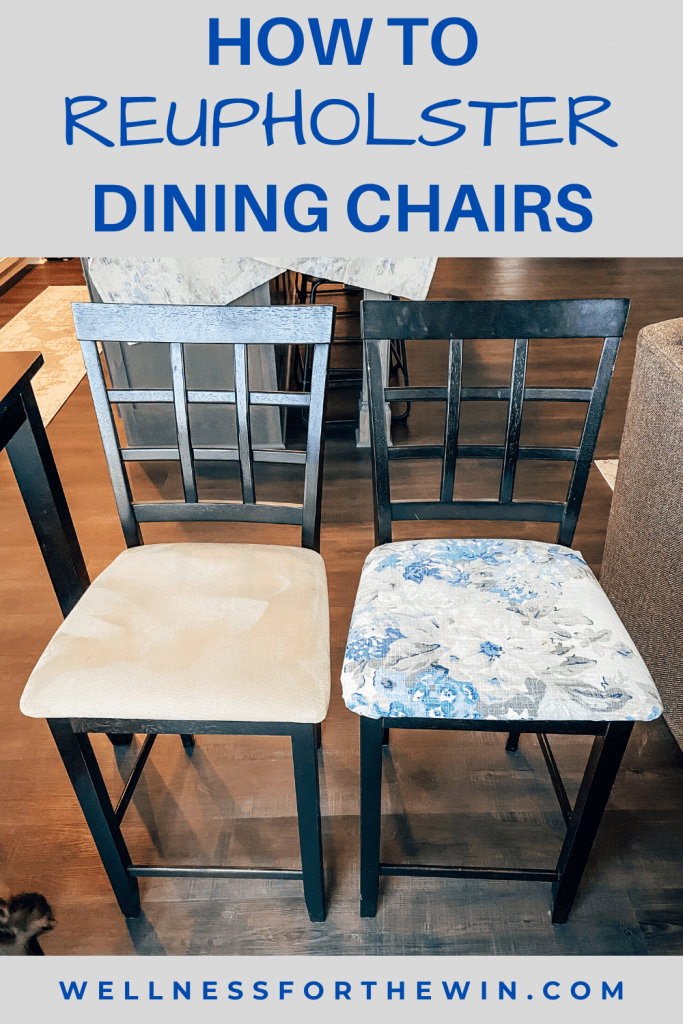

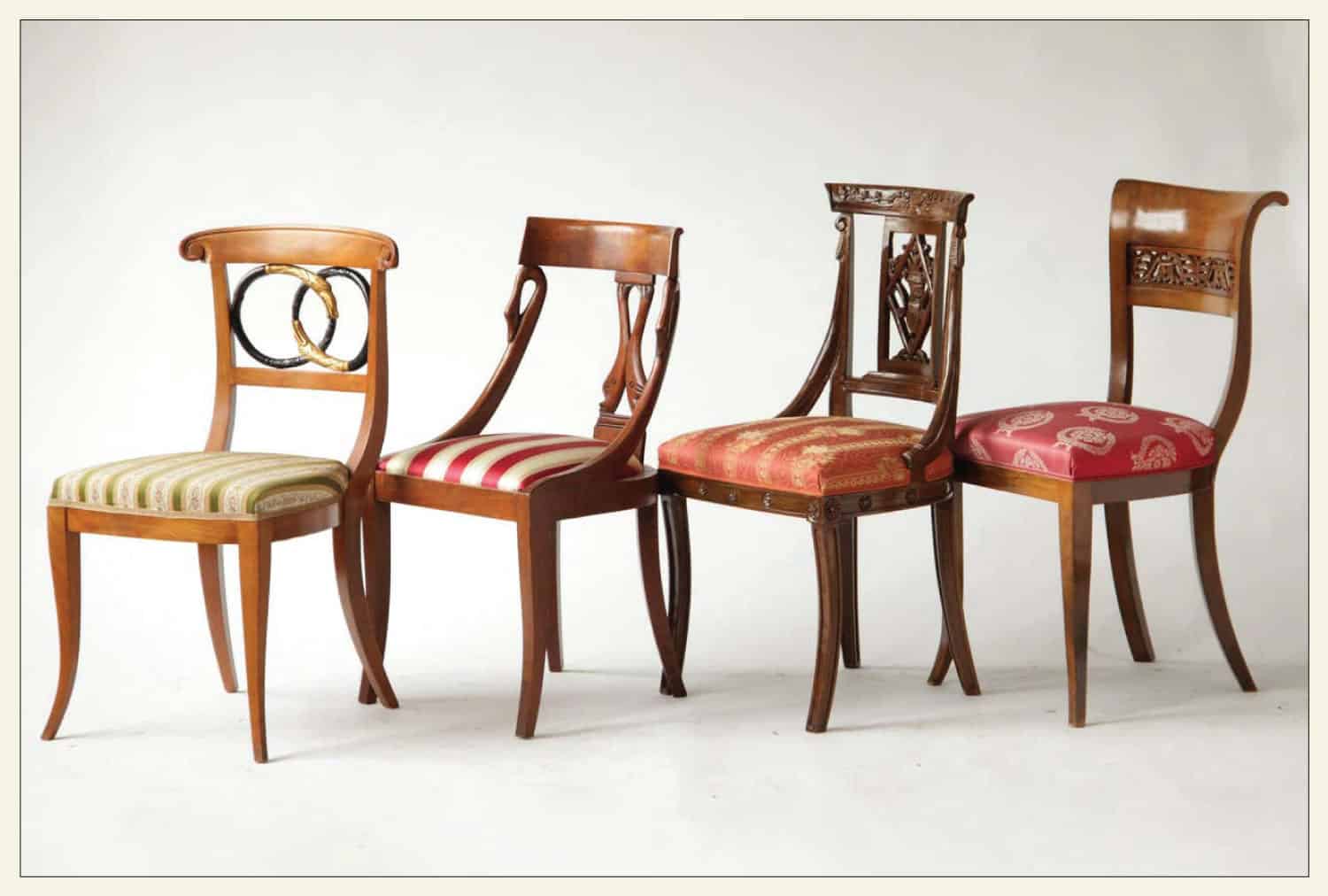














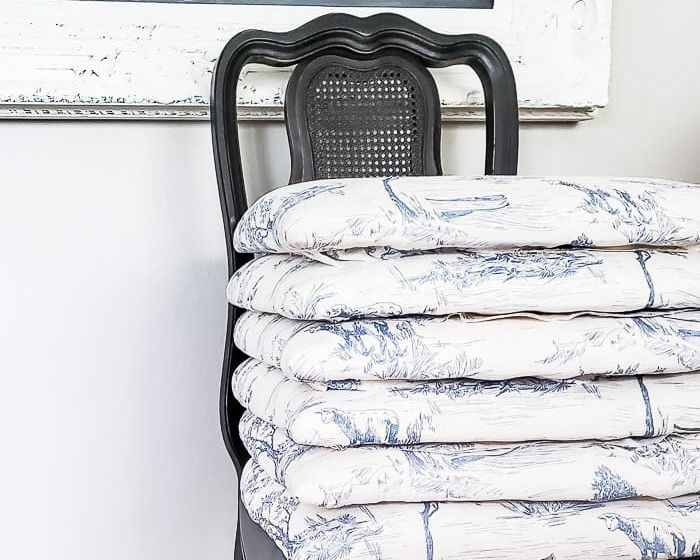
















.jpg?width=1800&name=TRU_0188 (1).jpg)



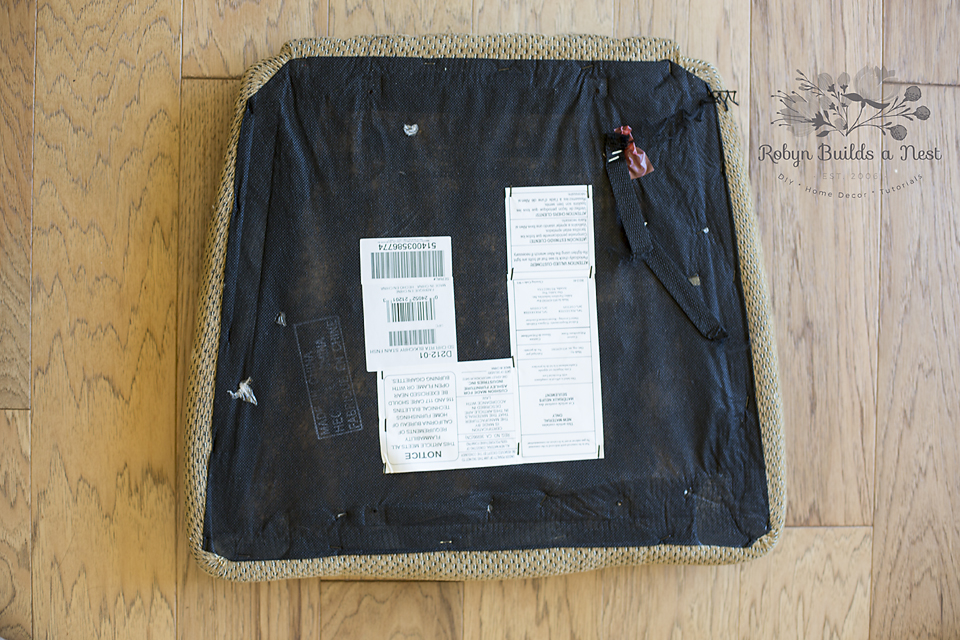







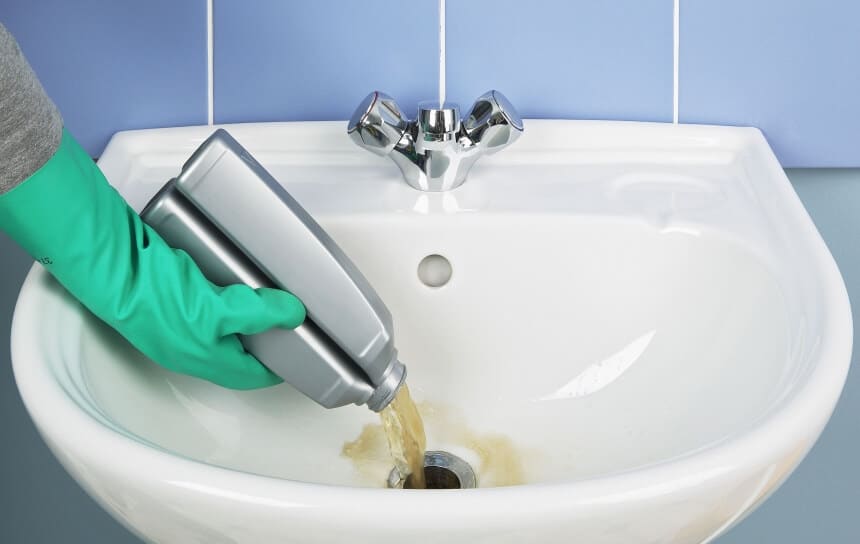


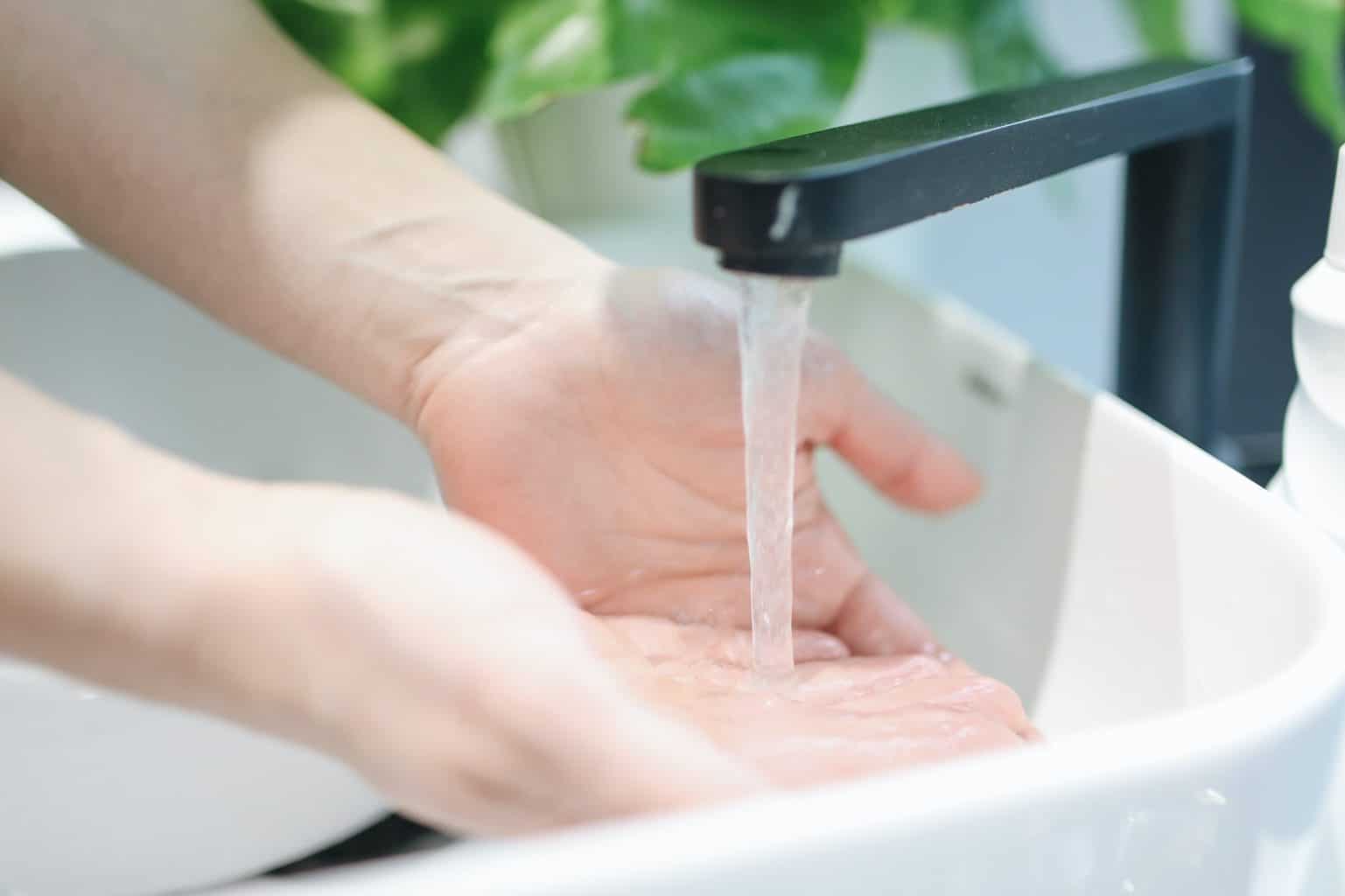

/GettyImages-1206150622-1c297aabd4a94f72a2675fc509306457.jpg)
